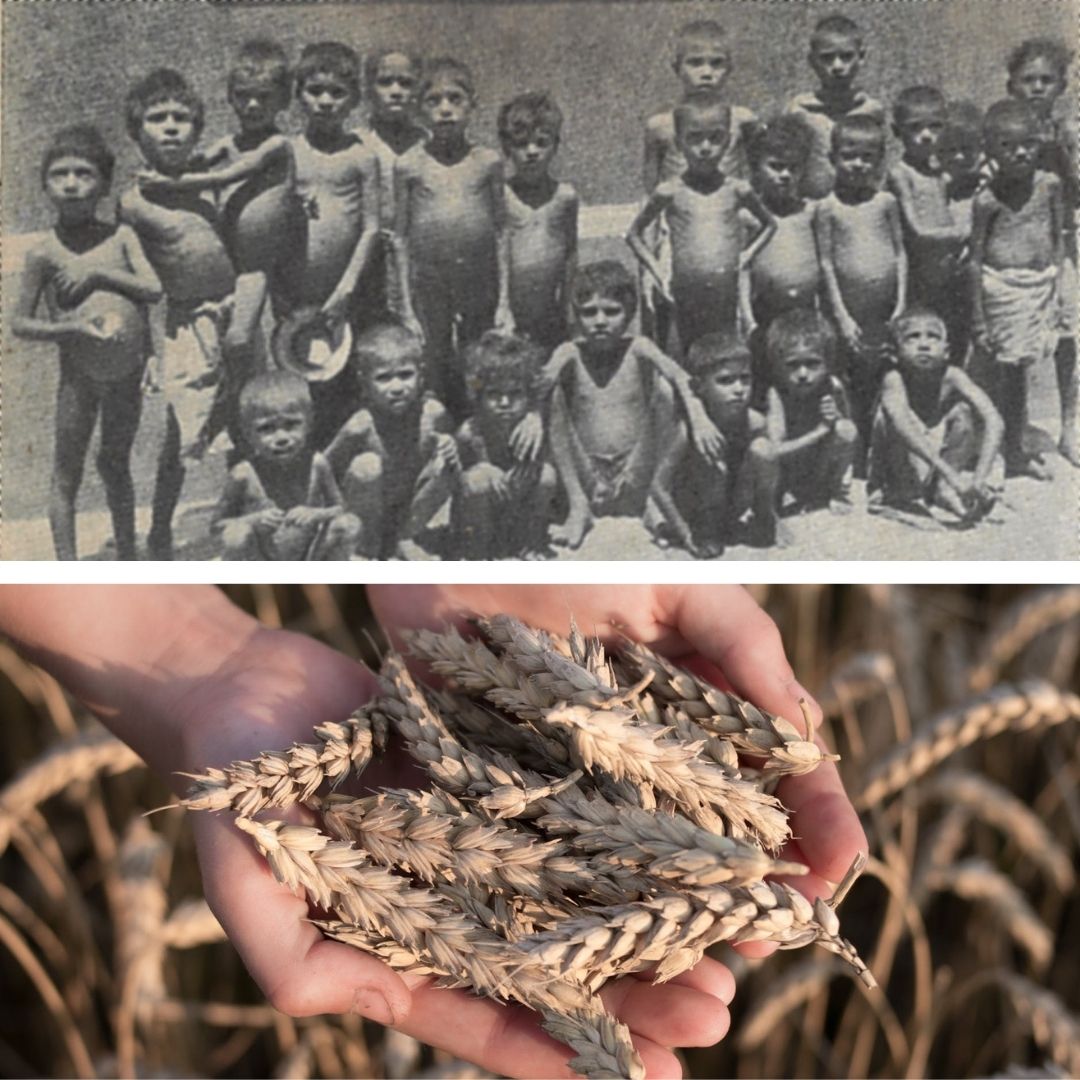India's Journey From A Famine-Ridden Country To Becoming Food Exporter
Writer: Ratika Rana
Her primary objective is to inform, promote, educate and cultivate readers through writing.
India, 29 Nov 2021 2:15 PM GMT
Editor : Ankita Singh |
A literature lover who likes delving deeper into a wide range of societal issues and expresses her opinions about the same. Keeps looking for best-read recommendations while enjoying her coffee and tea.
Creatives : Ratika Rana
Her primary objective is to inform, promote, educate and cultivate readers through writing.
The Bengal Famine in 1943 claimed over a million lives. After 1947, India got 82 percent of the population but only 75 per cent of cereal production of the pre-independent country. Therefore, food security has been a major concern.
India's post-independent journey is a saga to be known. The data of 2016 mentions that India's foodgrain production rose over five-fold in six decades. After 1947, the independent India got 82 per cent of the population and 75 per cent of the cereal production, thus, causing significant food insecurity since the beginning. In the independence year, the government formed Food Policy Commission to advise measures to increase domestic food production and procurement. However, despite several recommendations from the Commission, the foodgrain production plateaued in the 1950s.
Green Revolution Spurred Production
The following decades saw the magic of the Green Revolution that spurred the agricultural output with high-yielding variety seeds and a more scientific approach. After that, the Food Corporation of India(FCI) stabilised the agricultural prices with market intervention and price support. Currently, India is a net exporter of food grains and has a surplus rice and wheat production but has to pull up the socks to produce pulses.
From 1947 to the 1980s, the net import of cereals in the country was over 41 lakh tonnes. The per capita availability of cereal in 1950 was 334 grams per day to 465 grams in contemporary times. Moreover, India has exported a record of 2.1 million metric tonnes of wheat in 2021. However, we are still importing pulses to meet the domestic demand, even though the quantity has dipped in recent three years.
Hunger: Still A Challenge To Fight
Even though India breaks its wheat exports every year, several people still sleep hungry on the roads. Experts suggest that a more robust public distribution system (PDS) and a more efficient supply chain might be the key aspects to ponder while addressing the issue. Adequate farm production would also release the burden off the farmer's shoulders and lead to fewer farmer suicides.
Also Read: CJI Bats For Govt Subsidy To Diabetics: Here Is Why It's Important
 All section
All section















